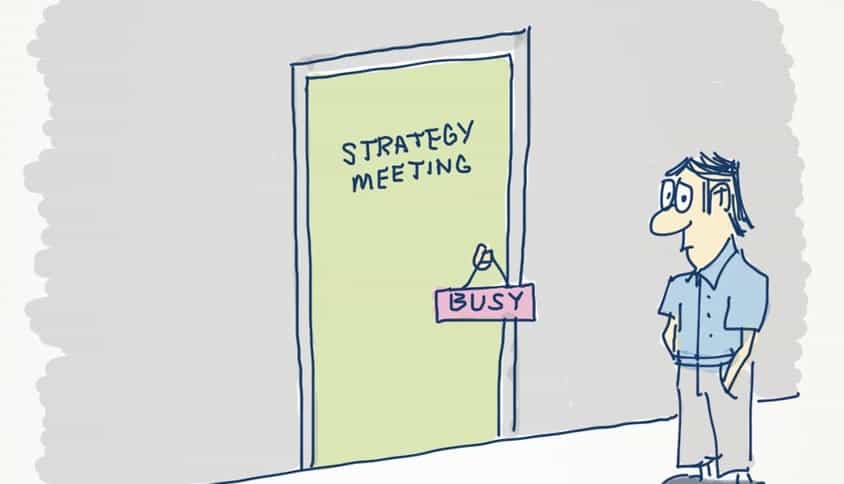In my last post I talked about how most UX designers don’t pay enough attention to non-visual touchpoints. This post is about something bigger. There’s a second aspect to the way we’ve limited our scope of involvement, and its making us miss out on influencing business strategy and being part of a wider customer experience solution.
This problem is particularly obvious when many user experience professionals are still working out how to demonstrate the deeper value of UX for the businesses they work with.
If we’re still struggling with demonstrating value, perhaps we’re not yet being strategic enough in how we help our organizations transform themselves. UX has done some excellent work defining requirements for screen interactions at the tactical level, but the more we bury ourselves in design and focus on just the visuals, the more we’re limiting our potential to influence our defining mandate – the user experience.
Our cousins in service design and customer experience are good at making strong, financially driven business cases to management at the highest level. They get decent budgets to invest in infrastructure that enables an organisation to deliver a good, company-wide customer experience. An enviable position, to be sure! Marketers working in customer experience seem to have a more matured and structured way of working than we UXers generally do, and I’m really surprised that we don’t pick their brains and steal their ideas more often.
Whereas UX deals primarily with designing products & services – usually digital, and usually an interface – for users, customer experience (CX, over there in the shiny suits) is our ‘super-set’ – the broader strategic environment our work forms a part of. CX was born from the marketing discipline, and it sees non-digital experiences & services with the same importance as screen interactions. It explicitly considers the full range of brand touchpoints with a brand across time and multiple channels.
It’s well recognised that companies have shifted to become more customer-centric over the last half a decade, but although UX is currently in vogue we need to be making our voice heard higher up in the organisation for the sake of our projects and our future roles.
If we UXers don’t link our work to customer strategy and proactively collaborate across divisions and organizational structures, we will give user-centred design a bad name and be stuck playing in the corner by ourselves.
What do you think? How do you prove the value of Ux while working on a project?





